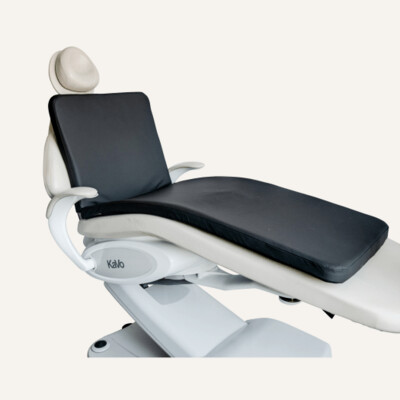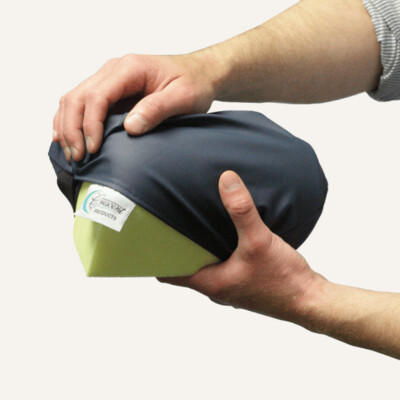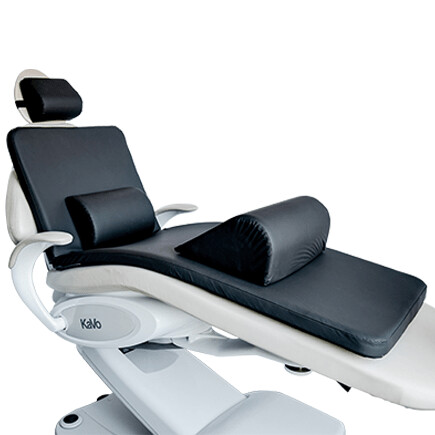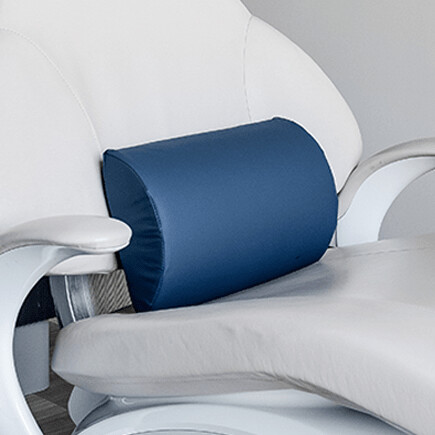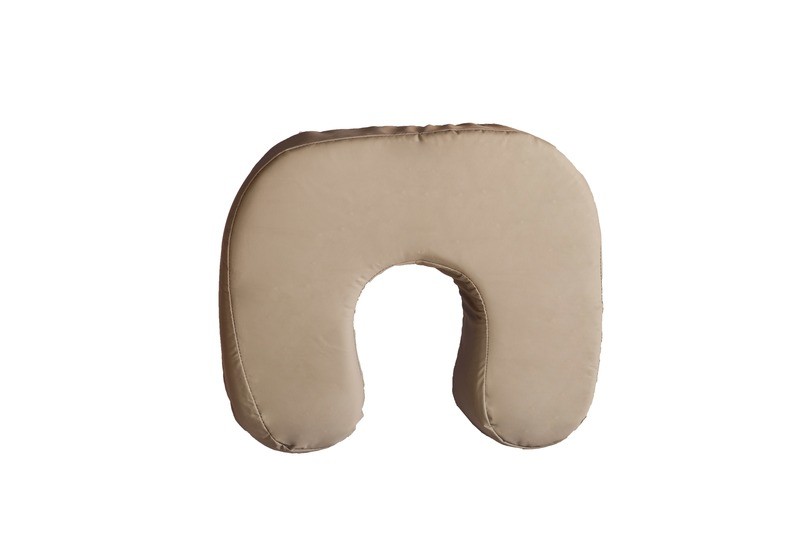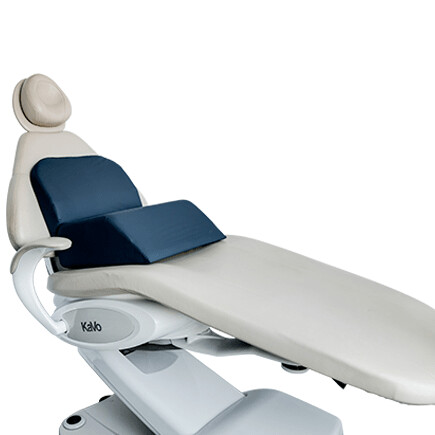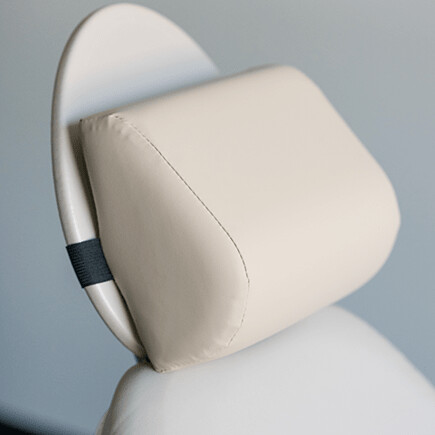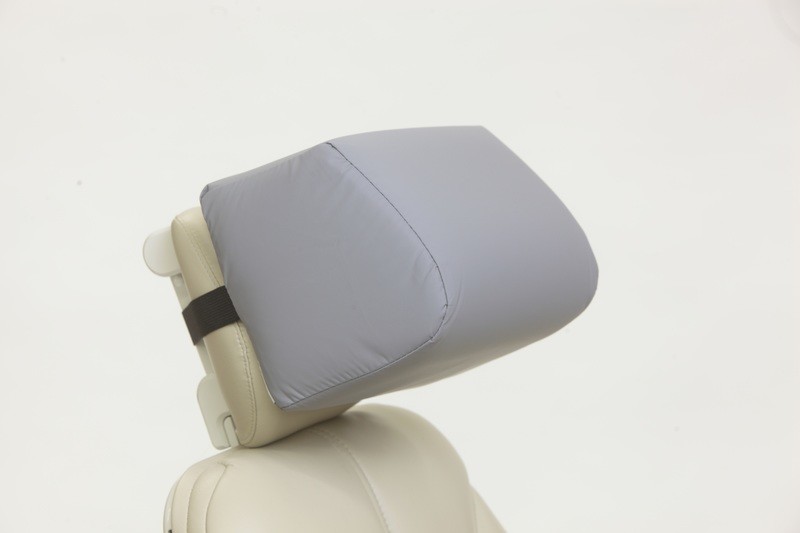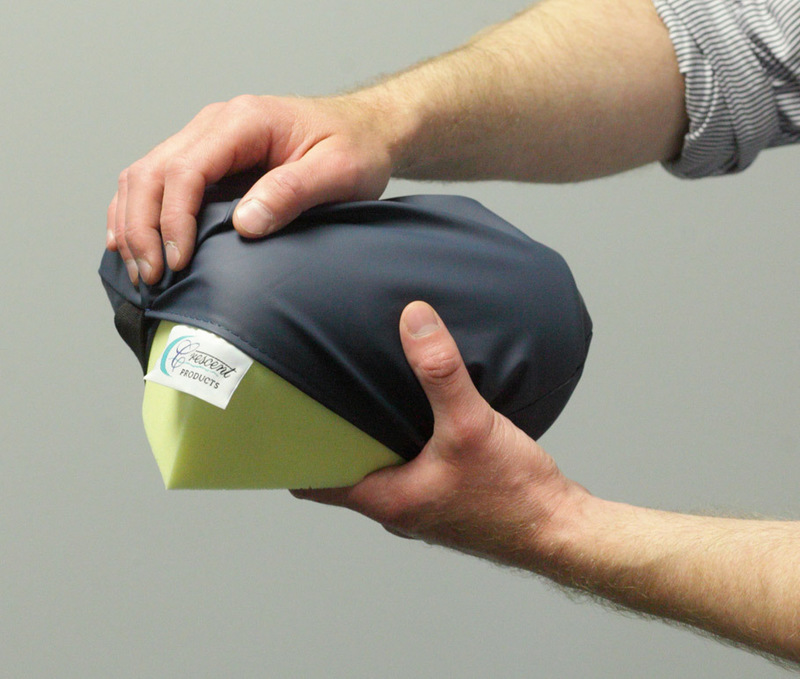The Most Common Causes of Shoulder Pain in Dentists
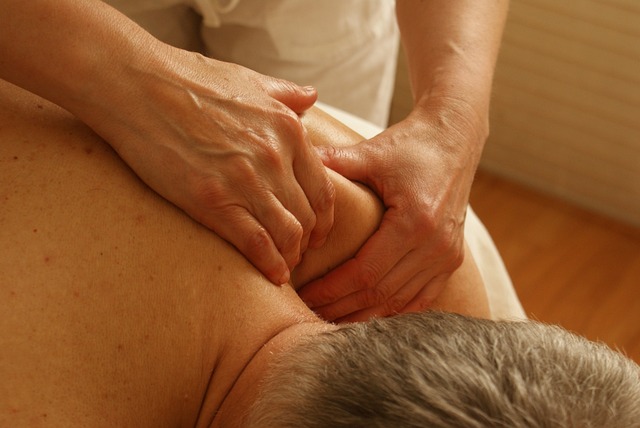
The repetitive nature of dental work, combined with awkward postures and extended periods of static positions, is a huge contributor to shoulder pain and musculoskeletal disorders. It’s a common issue among dentists and hygienists, but there are ways to alleviate this pain. What can you do to reduce discomfort and promote long-term musculoskeletal health?
Why is Dentist Shoulder Pain Such a Common Occurrence?
The shoulder is one of the most common areas of the body where dentists and hygienists experience pain. This type of pain has many different causes:
- Repetitive Movements: dentists perform repetitive tasks, such as drilling, scaling, and examining patients’ mouths, which require constant arm and shoulder movements. These repetitive motions can lead to overuse injuries and prolonged pain.
- Awkward Postures: dentists often work in awkward postures, leaning over patients and twisting their bodies to access hard to reach areas of the mouth. These unnatural positions put strain on the shoulder muscles and joints, especially if you’re seeing a dozen or more patients a day.
- Prolonged Static Positions: maintaining static positions for extended periods can lead to muscle fatigue and stiffness. Dentists frequently hold their arms elevated while working, which can cause muscle tension and discomfort in the shoulders.
- Lack of Ergonomic Equipment: without proper ergonomic equipment, dentists are more likely to adopt poor postures that contribute to shoulder pain. Non-adjustable chairs and inadequate dental headrests can exacerbate the problem.
- Stress and Tension: the high-stress nature of dental work often leads to increased muscle tension. Stress can cause dentists to unconsciously clench their muscles, leading to chronic pain over time.
How Dental Headrests are the Key to Pain-Free Dentistry
Dental headrests play a crucial role in ensuring both patient comfort and healthy practitioner ergonomics. Properly designed and positioned headrests can significantly reduce the strain on a dentist’s shoulders and neck. These headrests provide support and stability for the patient’s head, allowing dentists to work more efficiently without the need to constantly adjust their position. This stability reduces the need for repetitive shoulder movements.
A well-designed dental headrest also allows for optimal positioning of the patient’s head, reducing the need for dentists to bend or twist awkwardly. This helps maintain a more natural posture, minimizing shoulder strain.
Crescent Products headrests can be adjusted on a dental chair so that a patient’s head can be properly supported. This helps dentists maintain a neutral posture regardless of where the patient’s head is positioned, reducing the risk of overuse injuries.
Other Ergonomic Adjustments
There are many other things you can do to help with your shoulder pain:
- Use Ergonomic Dental Stools: invest in ergonomic dental chairs that support proper posture. Look for chairs with adjustable height, lumbar support, and armrests to minimize strain on the shoulders and back.
- Practice Proper Instrument Placement: arrange your dental instruments within easy reach to avoid unnecessary stretching and twisting. Using instrument trays and holders can help keep tools organized and accessible.
- Take Regular Breaks: schedule regular breaks to stand, stretch, and move around. Even short breaks can help reduce muscle tension and improve circulation.
Exercises and Stretches to Help with Shoulder Pain
Some exercises and stretches you can do to relieve your shoulder pain include:
- Shoulder Shrugs: lift your shoulders towards your ears, hold for a few seconds, and then relax. Repeat several times to relieve tension in the shoulder muscles.
- Neck Stretches: gently tilt your head to one side, bringing your ear towards your shoulder. Hold for 15-30 seconds, then switch sides. This stretch helps relieve neck and shoulder tension.
- Shoulder Blade Squeeze: sit or stand with your back straight. Squeeze your shoulder blades together and hold for a few seconds before releasing. Repeat 10-15 times to strengthen the upper back muscles.
- Arm Circles: extend your arms out to the sides and make small circles. Gradually increase the size of the circles. This exercise helps improve shoulder mobility and reduce stiffness.
- Upper Trapezius Stretch: sit or stand with your back straight. Gently pull your head towards one shoulder with the opposite hand. Hold for 15-30 seconds, then switch sides. This stretch targets the upper trapezius muscles, which can become tight during dental work.
Help Your Shoulder Pain
By investing in ergonomic equipment such as adjustable dental headrests and chairs, practicing regular stretches and exercises, and adopting stress management techniques, dentists can significantly reduce their risk of shoulder pain. Implementing these strategies will not only enhance your well-being, but also improve your efficiency and the quality of care you provide to your patients.

